Are there any specific medical conditions that might affect a patient’s eligibility for platelet-rich plasma (PRP) therapy in dental treatments?
While platelet-rich plasma (PRP) therapy is generally safe, there are certain medical conditions that might impact a patient’s eligibility for this treatment. Individuals with bleeding disorders, low platelet counts, active infections at the treatment site, or other serious medical conditions might not be suitable candidates for PRP therapy. It’s crucial to inform your dentist about your complete medical history, including any medications you’re taking, prior to undergoing PRP therapy. Your dentist will assess your medical background to determine if PRP is a safe and effective option for your specific dental procedure. If you have any concerns or medical conditions, discussing them with your dentist beforehand will help ensure the best treatment plan for your needs.
Is Botox effective for reducing wrinkles around the mouth?
Yes, Botox can be used to address certain types of wrinkles around the mouth, such as “smoker’s lines” or “lipstick lines.” When injected by a skilled professional, Botox can help relax the muscles causing these wrinkles, resulting in a smoother appearance. However, it’s important to note that Botox for cosmetic purposes should only be administered by qualified practitioners, and a comprehensive consultation is essential to determine the most suitable approach for achieving your desired aesthetic goals.
“I often feel anxious before dental appointments. Any advice to reduce anxiety during my visit?”
Certainly, here are some ways to ease dental anxiety:
Deep Breathing: Practice deep, calming breaths.
Visualization: Imagine a peaceful place.
Muscle Relaxation: Release tension through progressive relaxation.
Distraction: Listen to soothing music or an audiobook.
Communication: Talk to your dentist about your anxiety.
Breaks: Request short breaks if needed.
Topical Anesthetics: Ask about numbing gel for comfort.
Sedation: Inquire about sedation options.
Positive Thoughts: Replace negatives with positive affirmations.
Regular Dental Appointments: Regularity can reduce anxiety over time.
How long does it take to complete the entire dental implant process?
The complete dental implant process can vary based on individual factors. After implant placement, there’s a healing period of several weeks to a few months during which the implant fuses with the bone (osseointegration). Once this is complete, the abutment (connector) and replacement tooth can be attached. The entire process can take several months, but the exact timeline will depend on your specific case and any necessary additional procedures.
What are dental crowns made of?
Dental crowns can be made from various materials, including porcelain, ceramic, metal alloys, or a combination of materials. The choice of material depends on factors like the tooth’s location, function, and cosmetic considerations.




